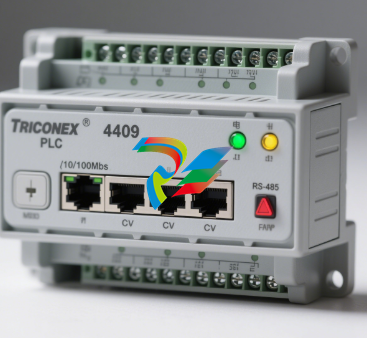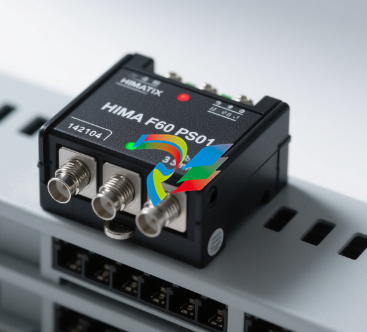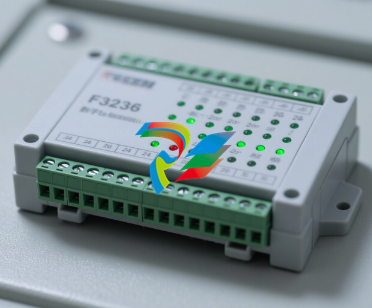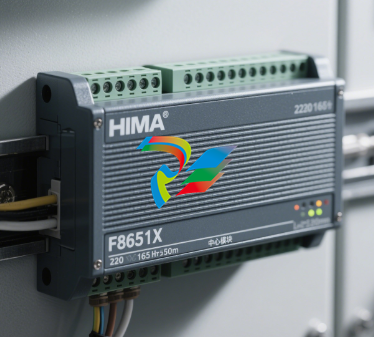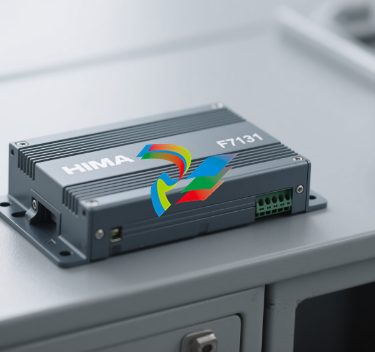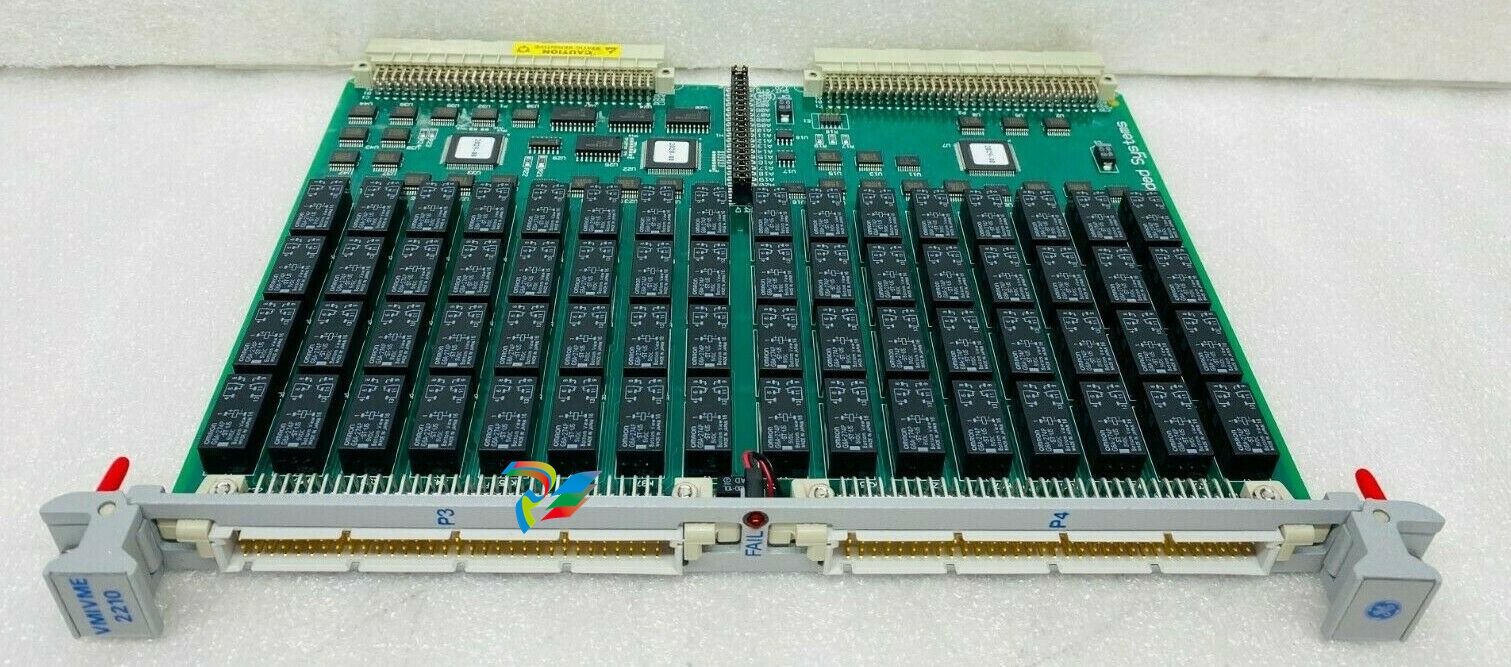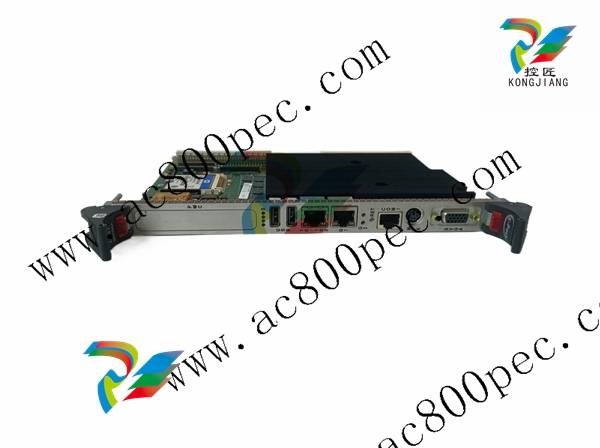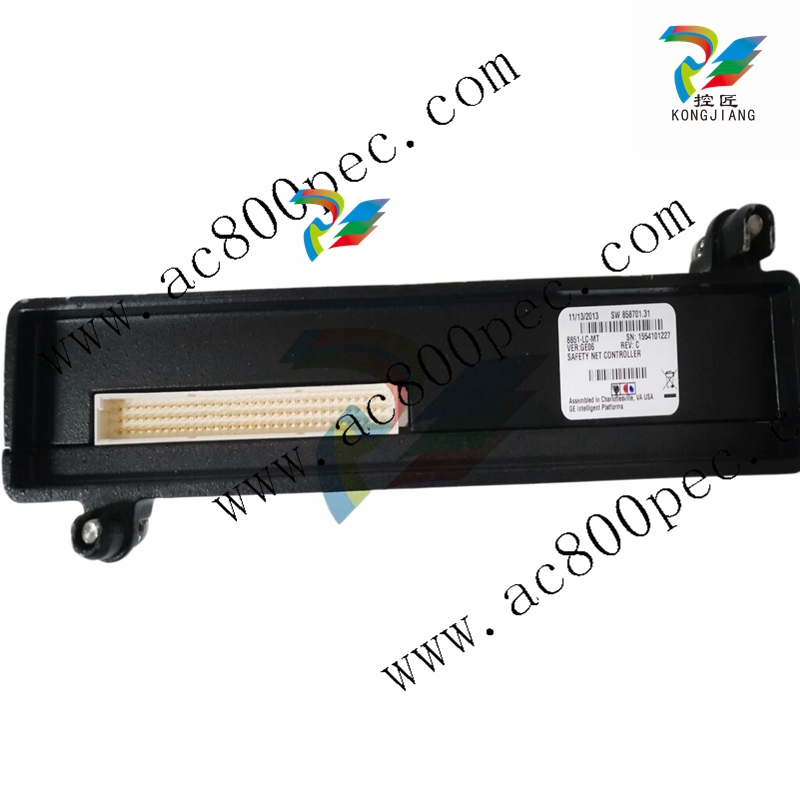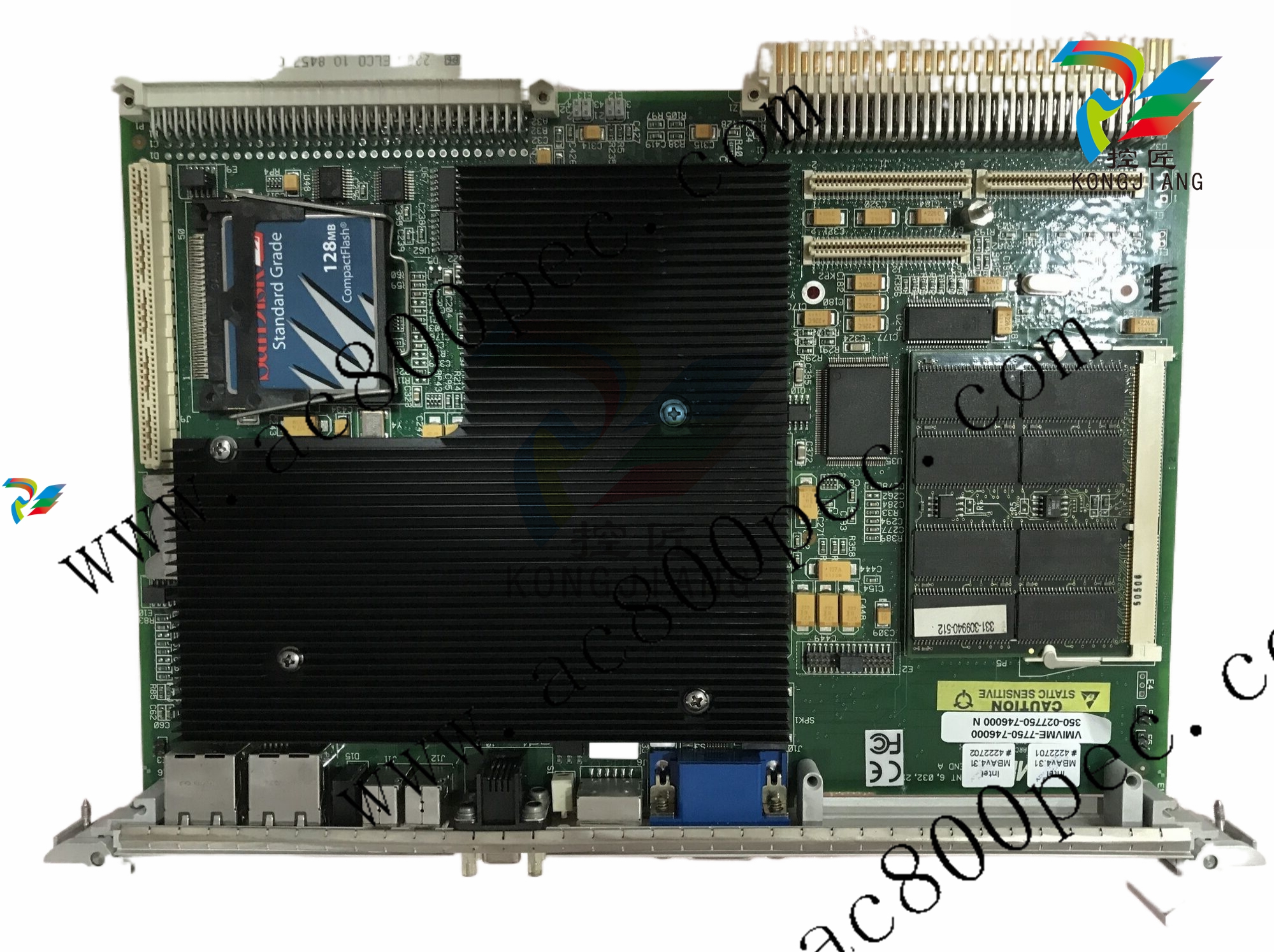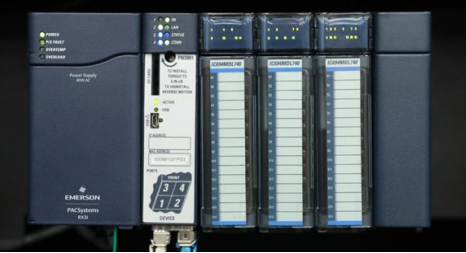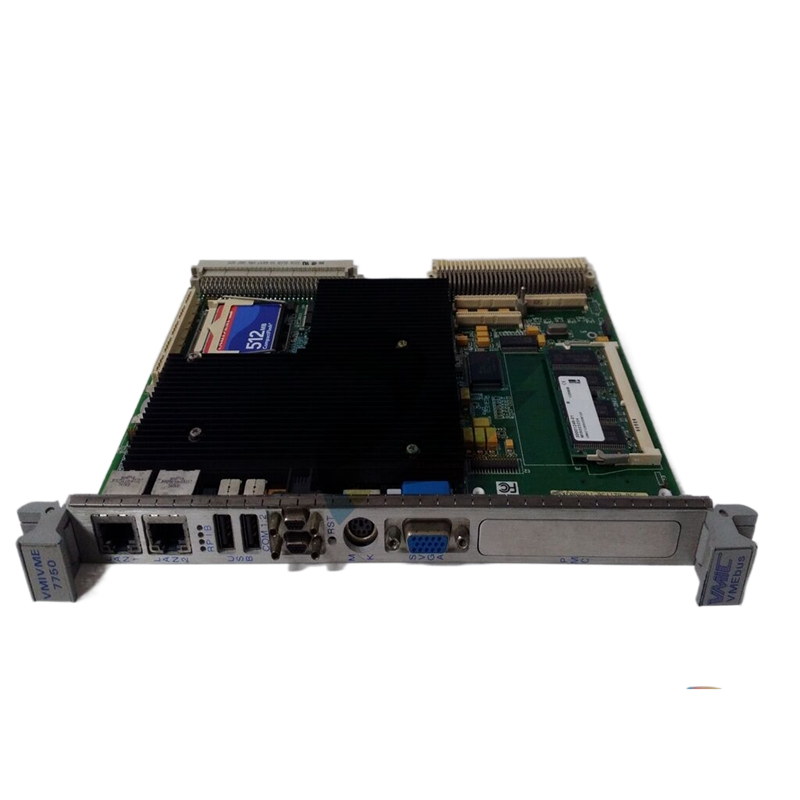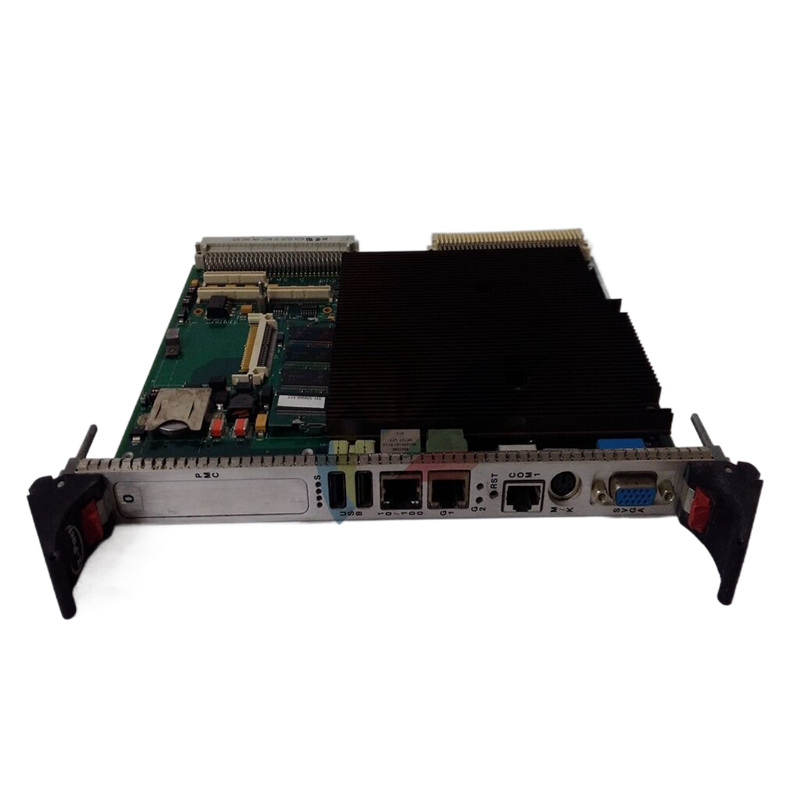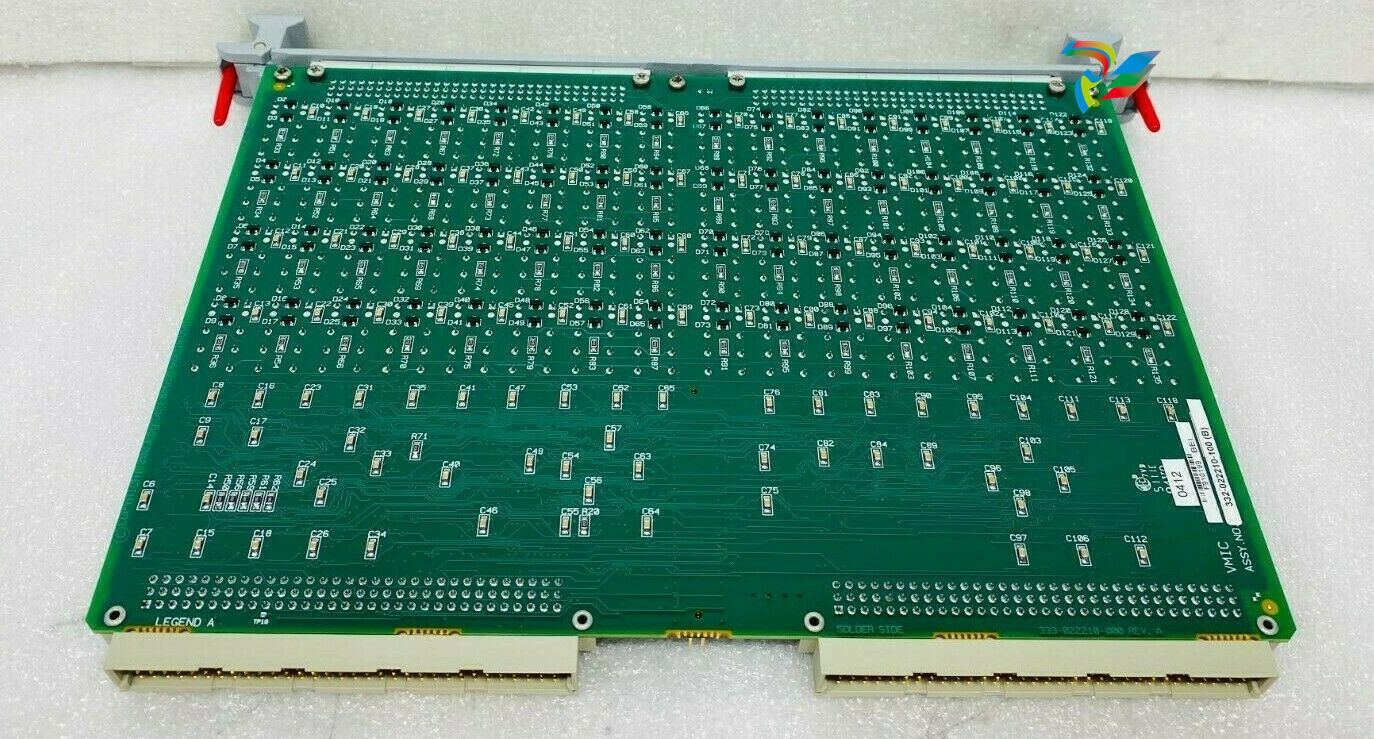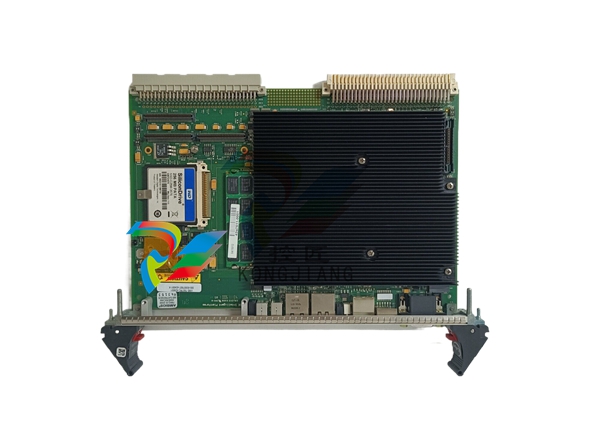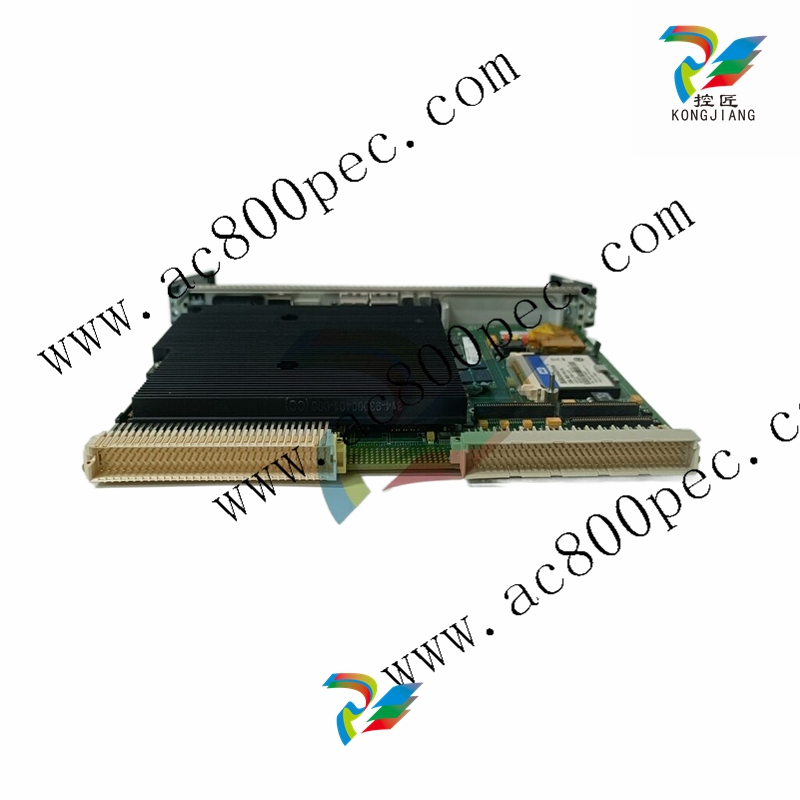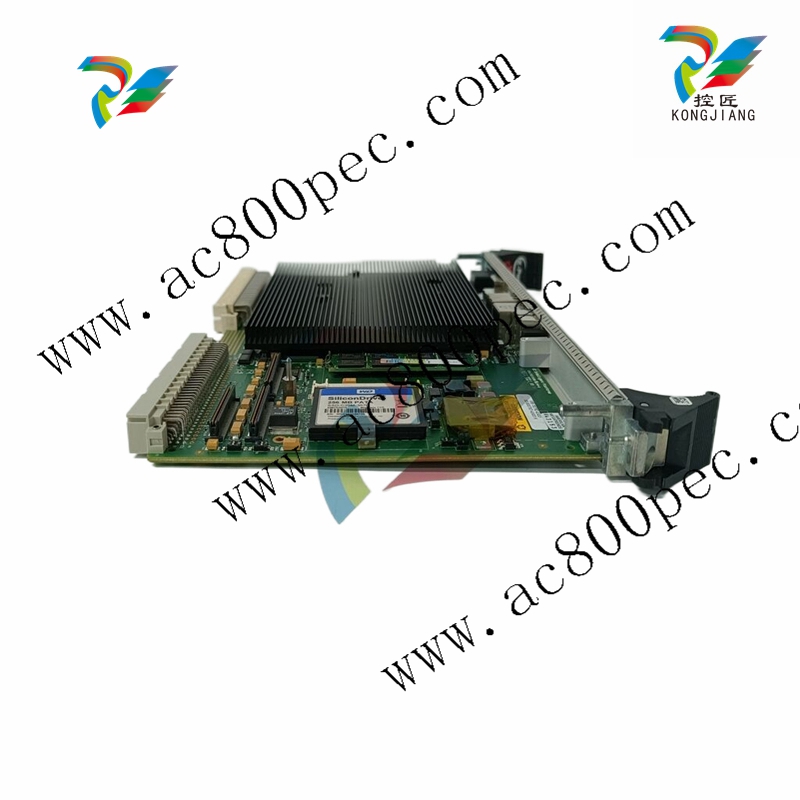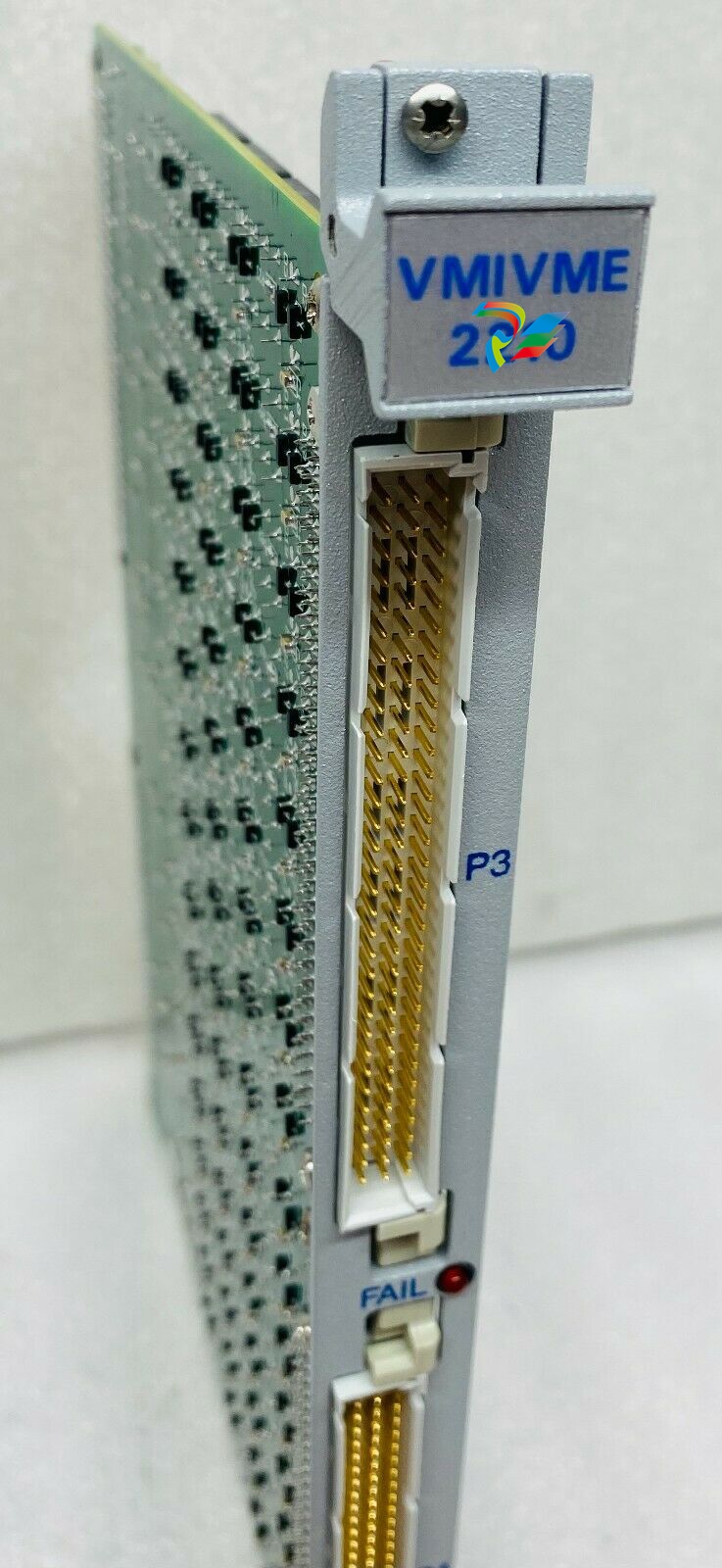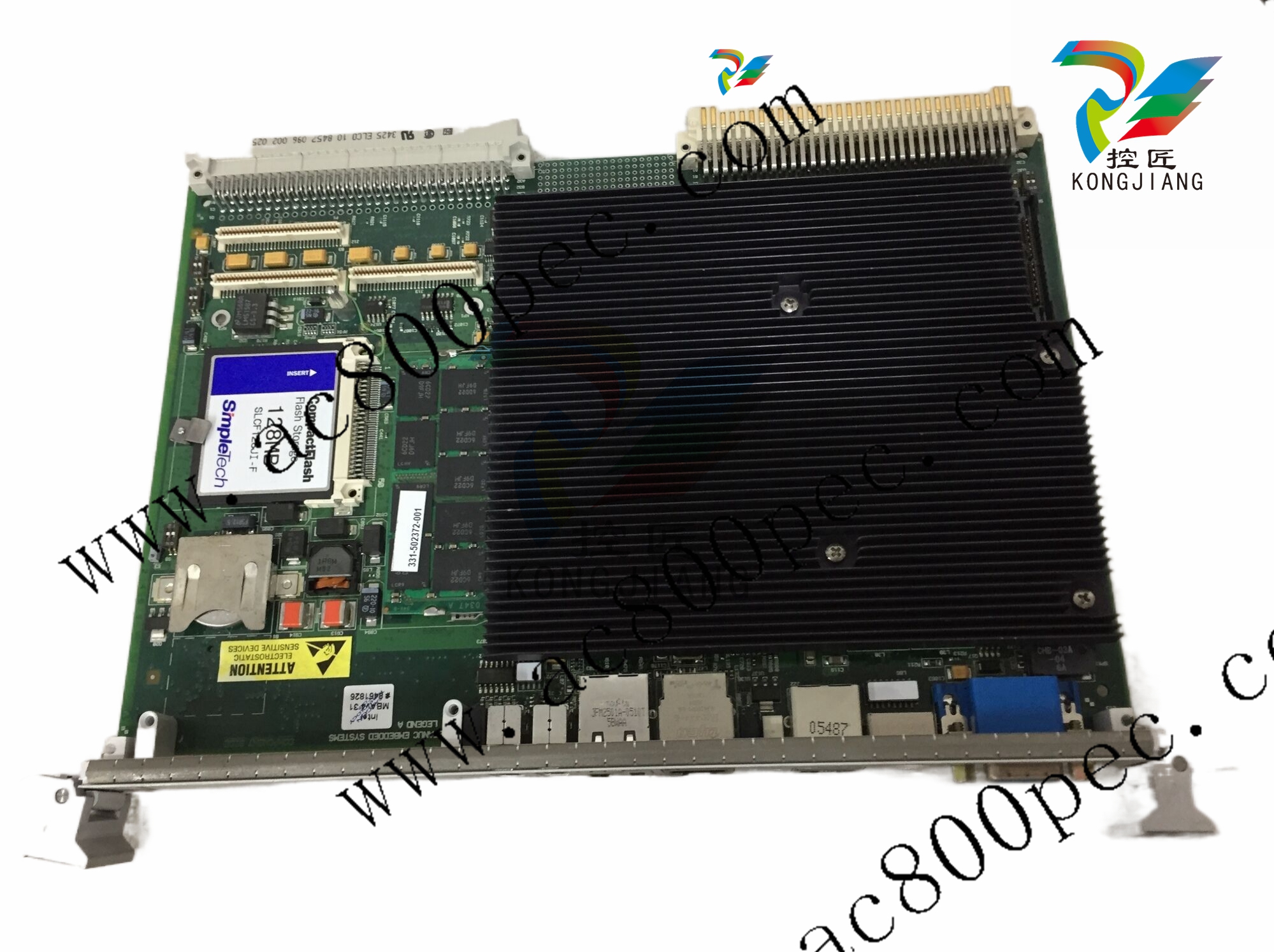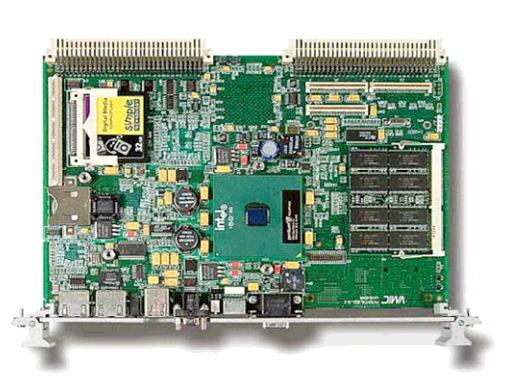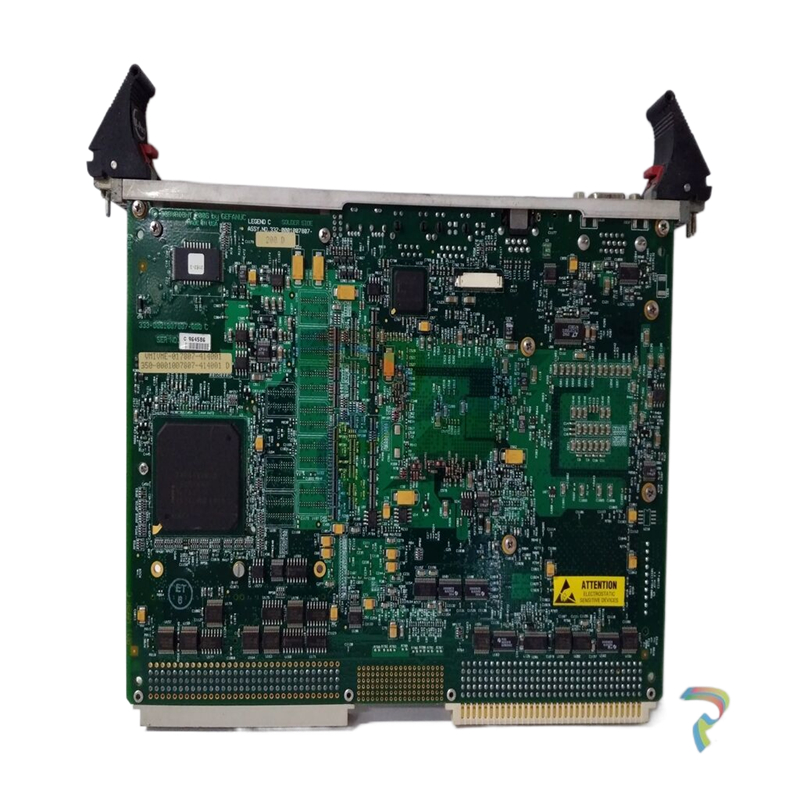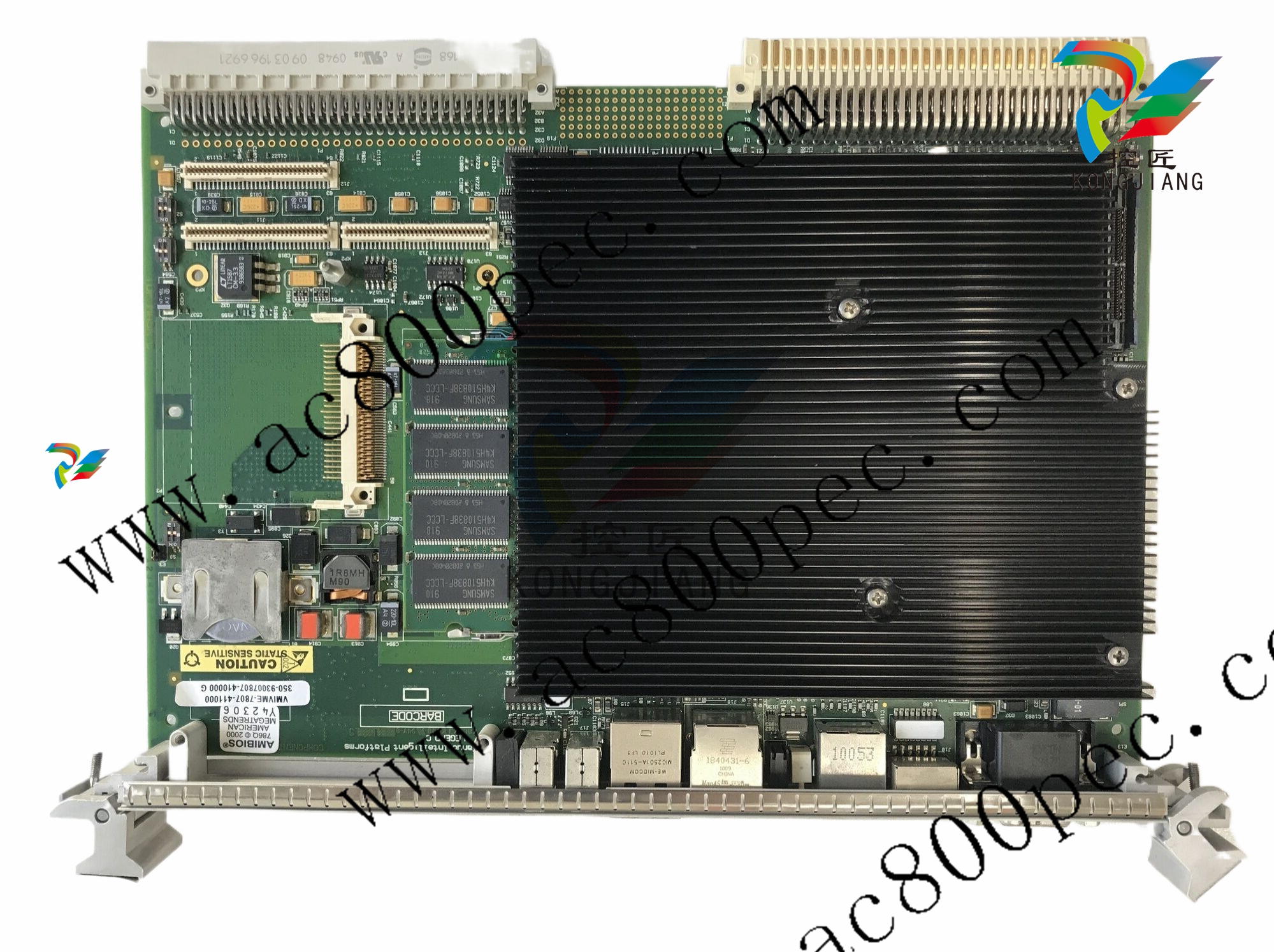
EMERSONTest Platform for Automation System
7. Temperature Transmitter
8. Push buttons
9. Relays
10. Heat plate
11. Light bulb
12. Pressure tank
13. Needle valve
14. Pneumatic valve
15. Open tank
As mentioned the physical process is a process with no actual purpose. The only
purpose is to have a physical process to follow while learning how to use DeltaV. In the
previous subsection all devices and other things in the physical process were described.
This section will instead focus on how the devices are used to create a functional
automated process.
Figure 2.2 illlustrates how the objects in the process are connected.
Before starting the process, the pressure tank is partly filled with water and the open
tank is empty. On the button device the red light is on. A compressor that is not included
in the control should be switched on by the operator. (The compressor could as
mentioned above be exchanged with pressurized air media). The compressor exposes
the valve island with pressurized air.
The process is started by pressing a green button. This button exists both in the
operator interface and physically on the test platform. When the button is pressed the
green light on the button device will be switched on and the red light which indicates that
the process is off will be switched off. The valve island will open the valve that is
connected to the mass flow controller. The Mass Flow Controller will then be exposed to
pressurized air.
The mass flow controller will control the pressure in the pressure tank so that it stabilizes
at approximately 1500 bar. The control is done with the software with PID control. How
the PID parameters are set, is described in the Subsection 2.2.2.1.
When the pressure in the pressure tank has been between 1400 mbar and 1600 mbar
for one minute, the inductive sensor signals that the open tank is in its place below the
pressure tank and the capacitive signals that it is not already filled with water, the valve
island will open the valve that is connected to the pneumatic valve. When the pneumatic
valve is exposed to the pressurized air from the valve island, it will open and water will
flow out from the pressure tank.
The valve on the valve island that is connected to the pneumatic valve will be open until
the capacitive sensor indicates that the water level is high. The pneumatic valve will
close when it does no longer get pressurized air from the valve on the valve island.
If the water temperature is less than 35 C, the heat plate starts heating. The heater will
only start if there is a tank filled with water on it.
When the water temperature has reached 35 C, the heating will stop. For the process
to go on, the open tank has to be removed, and put back. This will bring the process
back to the state when the pressure in the tank is controlled to be between 1400 and
1600 mbar. From that state it will continue and the process can go on until the pressure
tank is empty.
If the open tank would not have been emptied when the water temperature was higher
than 35 C, the heating would have started all over again when the temperature is below
35 C. The heating will always start when the open tank is in place and filled with cold
water, unless the red button (the emergency button) has been pressed.
The red button can be pressed at any time in the process and the process will enter its
standby state. In the stand by state everything is off except for the red light on the button
device which is on.
